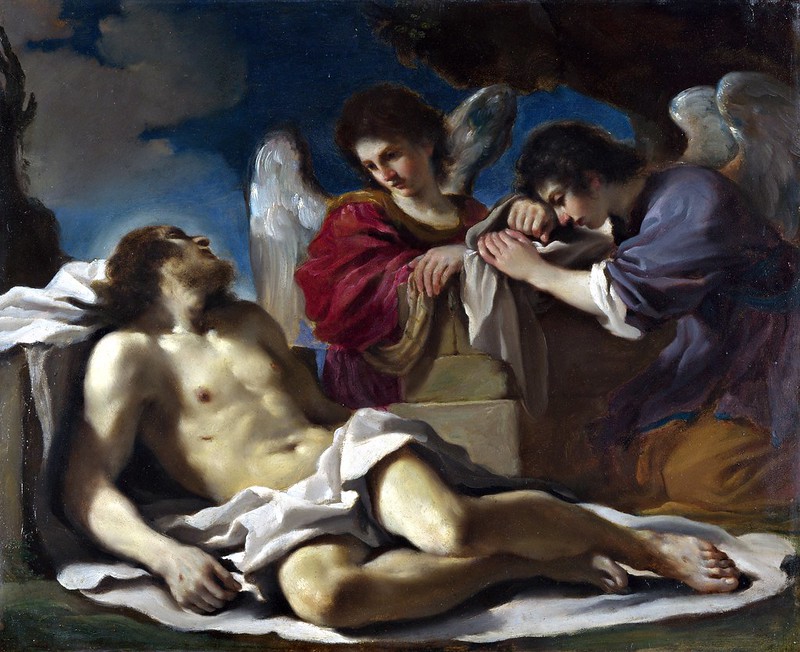Jacques Aubert (1689-1753)
- Concerto (en mi mineur) a quatre violons, violoncello et
basse-continue... IIe livre, gravé par De Gland..., oeuvre XXVI (1740)
Performers: Les Cyclοpеs ensemble
Painting: Attriubé à Louis-Michel Van Loo (1707-1771) - Portrait d'un violoniste (possibly Jacques Aubert)
Further info: Jacques Aubert (1689-1753) - Concertos a 4 Violons
---
French violinist and composer. He was probably a son of Jean Aubert, a
member of the 24 Violons du Roi until his death in 1710. He was a
student of Jean Baptiste Senaillé. In 1717 he is known to have been
working in the Théâtres de la Foire, as a violinist and dancing-master,
and had composed at least five ballets and comedies. In 1719, the year
in which he married Marie Louise Lecat and published his first book of
violin sonatas, he was appointed to the service of Louis-Henri, Duke of
Bourbon and Prince of Condé. In 1727 he succeeded Noël Converset in the
24 Violons du Roi, remaining a member until 1746, and in the next year
he accepted a position with the Académie Royale de Musique and was named
first violinist of the Opéra orchestra, with which he performed for the
next 24 years. As a composer, his output includes ballet and dance
music, opéras comiques, concertos, sonatas for violin and continuo and
what he called ‘concerts de simphonie’. His son, the painter Louis
Aubert Aubert (1720-c.1800), was also a violinist and composer. Another
son, Jean-Louis Aubert (1731-1814) was a dramatist, poet and journalist,
also known as the Abbé Aubert.
















